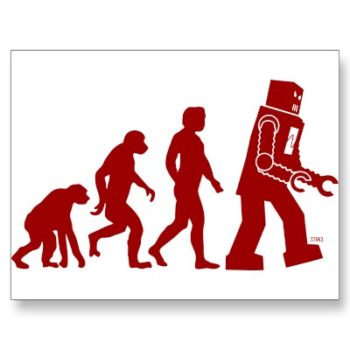Brands are a fundamental part of the way we experience modern life. They can function as a sort of consensual hallucination, triggering powerful and often subliminal emotional responses, according to Rob Gear, a futurist, and Chris Heap, a consumer and retail expert at PA Consulting Group, who write here exclusively for RetailTechNews. Our decisions on what products and services to buy are powerfully shaped and influenced by brands; and this is why organisations invest so much time and effort in building, maintaining, and cultivating them.
The Amazon example
Amazon is moving towards the ‘closed-loop model’. Amazon customers subscribe to its Prime service that immediately gives them convenience benefits such as free delivery and offers to subscribe-and-save. At the same time, Amazon is creating more of its own label products, especially in groceries and other staple consumer goods. Amazon Dash enables quick and easy auto-replenishment ensuring that whenever you are running out of something, you can restock at the touch of a button.
When you throw Alexa into the mix, things start to get really interesting. Being able to order just by ‘asking’ for something, alongside the lower pricing and delivery convenience, creates an attractive proposition for customers.Ordering goods and services through voice alone will become both default choice and second nature. Consumers will expect retailers or brands to provide product, service, or content curation based on desired outcomes with a branded set of products, or products across a multi-branded range. For example:
Consumer to health product retailer: “Recommend herbal remedies that will give me more energy.”
Consumer to cosmetics retailer: “I would like to look like the model in this picture [holds picture to camera] – please advise on the products I need and place in my basket for next day dispatch.”
Consumer to Amazon: “I want to paint a room. Please advise me on best practice and all of the products I will need.”
Gradually the ‘ask’ will get less specific. For example going from: “Order me a packet of four Duracell AAA batteries” to “Order me some batteries for my mini Maglite.”
At this stage, it’s clear that consumers are no longer brand-loyal, but have placed their trust entirely in Amazon to find the best product at the best price. The endgame is predictive ordering where the consumer’s activity is reduced to pretty much zero. Goods simply arrive automatically based on what the machine learning systems have determined to the customer’s preferences based on analysis of their data. The onus will move to deselecting products you already have, rather than selecting what you think you’ll need. The overall design of the system also plays a part. For example, if not all products are available when you order via Alexa, the default choice will be the Amazon own-brand product.
In this scenario, the value of brand-building goes off a cliff for certain types of organisation. The most affected will be mediocre middle-tier brands – squeezed between larger established competitors that can slash margins to the bone, and highly differentiated smaller and artisanal brands with devoted fans. This scenario would lead to both loss of revenues for brand builders and a degree of shakedown in the retail market.
So, what should brands be doing to survive?
Consumer brands will certainly need to adopt some innovative thinking to future-proof themselves against the advances of AI. To avoid ending up on the ‘bonfire of mediocrity’ brands will have to decide where to compete. That probably means choosing between ‘low price leadership’ and ‘customer experience leadership’.
Low price leadership means maximising product quality at the lowest price, while at the same time constantly seeking to game the algorithms, boost recommendations, and improve rankings.
With customer experience leadership, deep, rich customer relationships offset the declining value of brand.
Consumers have shown a willingness to pay a premium for a really great experience, but very few organisations are delivering a truly remarkable experience today. To make a success of this, organisations will need to dig deeper and build an understanding of specialist sub-groups of potential customers – ‘micro-cultures’ – and their values, wants, and needs and who wants to be part of them. Products and services will need to be built around the intrinsic values of such micro-cultures, which will require greater engagement in conversation, listening, and personalisation on every level.
For organisations that are able to do this, it may be possible to begin to create additional layers of value e.g. an emoji for your product, service layers that build value, or collaborations that deliver complementary value, such as inviting consumers into a development test kitchen for cooking ideas and training from an experienced chef, in the case of food brands.
Where will you fit in?
As consumers move towards seeking specific and highly differentiated product and service experiences that require a complex fusion of brand and retail delivery, the more important AI will become. And the greater the threat to brands that have not worked hard to plan their role in this new world.









Follow ExchangeWire